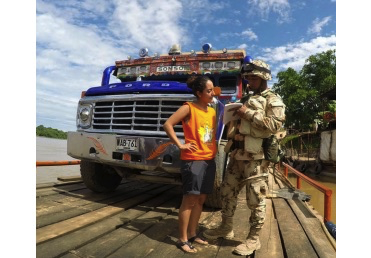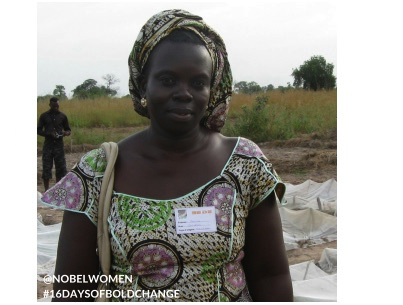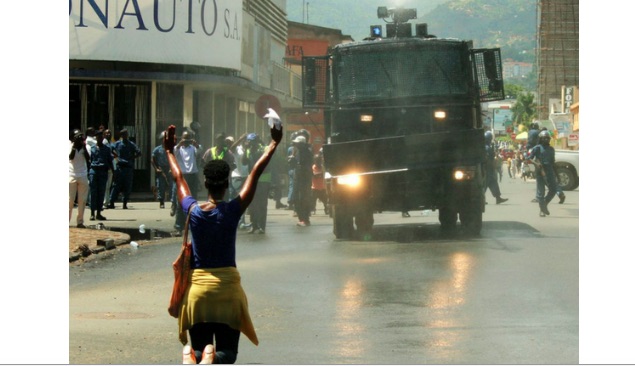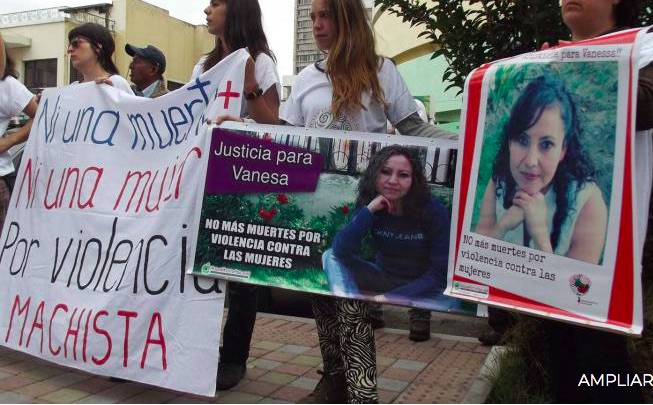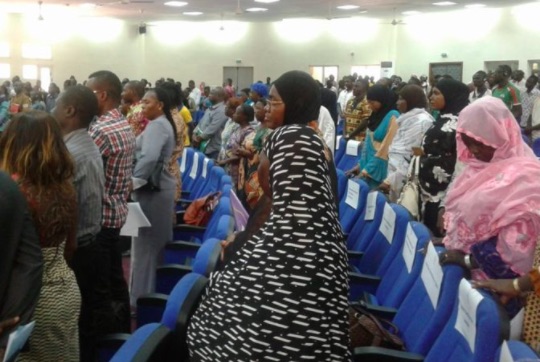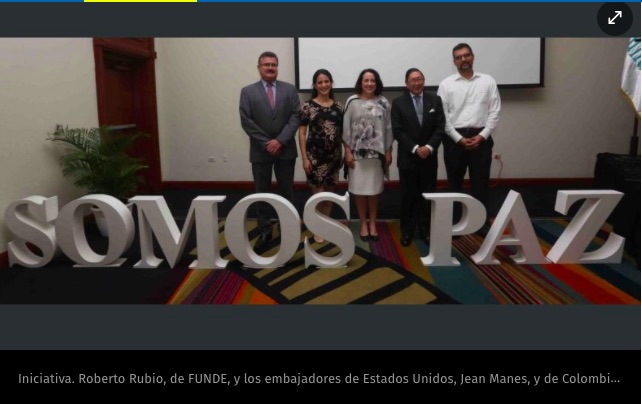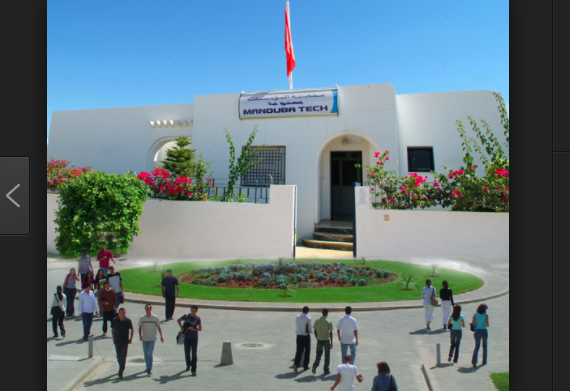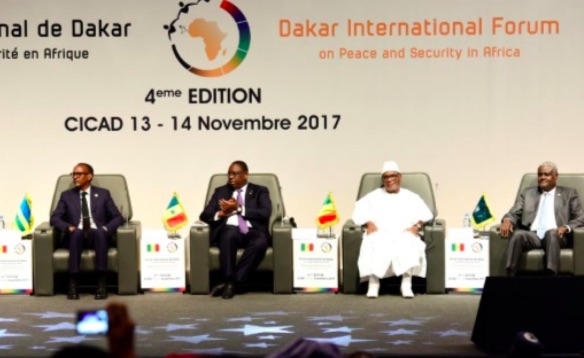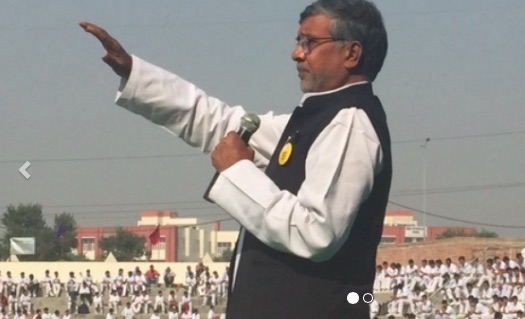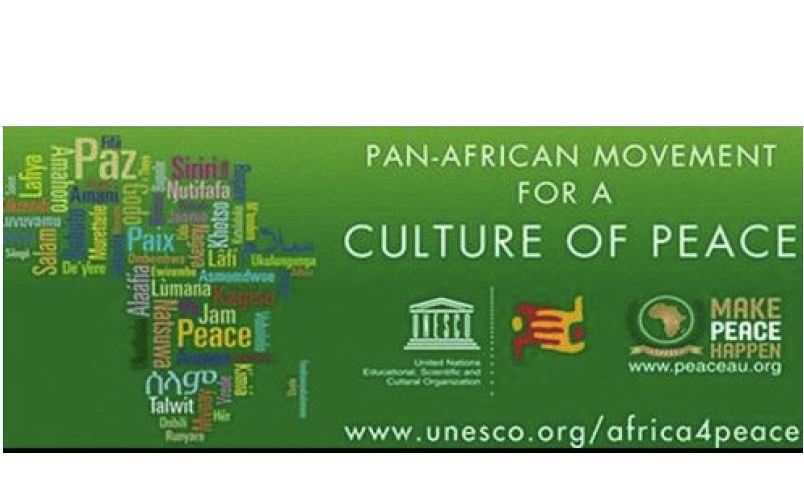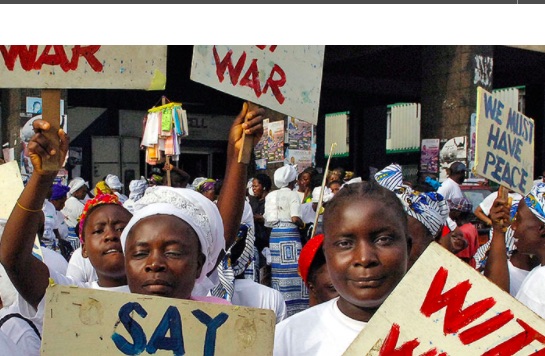. . WOMEN’S EQUALITY . .
An article from the Nobel Women’s Initiative
Indigenous leader, councillor. Anne Marie is from Nak’azdli First Nation, in British Columbia, Canada. Anne Marie was first elected as a Councillor for her community of Nak’azdli in 2007. She is a board member of Mining Watch Canada and a member of First Nations Women Advocating Responsible Mining (FNWARM), a group of female chiefs, councillors and former chiefs who are working to reform the mining process in BC to balance the economics of mining developments with respect for First Nations rights and culture.

Photo courtesy of Anne Marie Sam
What is your story?
I was born in to the Lusilyoo frog clan, and our clan’s responsibility is to protect the water. I was also brought in to my dad’s clan, which is the Lhts’umusyoo beaver clan. Their responsibility as a clan is as warriors for the community. I was born into this, the work to protect who we are and to protect the water. So even before I started my work, I think it was already chosen for me. I think the creator and my ancestors led me here and prepared me for this. I’m from the Nak’azdli community and I came to the work I’m doing through the guidance of my environment and through the land I grew up on. It was always instilled in me by my grandparents how important the water and land is.
Your work recently has involved a response to a new mining project in your community. What was your approach?
As a community we didn’t outright oppose economic development or the mine. I wanted to protect the headwaters and the mountain. But the community as a whole could see benefits to economic development. So once we could see that it was going to move ahead, I started learning more about the process of mining and how we could minimize negative impacts. When the project was first considered it was a very big footprint and so we looked at how we could lessen the impact on the water and wildlife, like moose, caribou and bears—and also on the lives of our people. We saw so many flaws in the approval process— it didn’t take into account the impact on the land, wildlife, or the lives of the people who lived there, so we challenged the government’s review approach in court three times. Later, we identified an approach that allows us to work together with the mining company, and my family and the community can still uphold our stewardship responsibilities through environmental monitoring of the mine.
The mining project went ahead, but there are some successes. Please tell us more.
As it was being built, every time I travelled to the mine site I felt very angry and hurt. I knew it wasn’t healthy to carry that with me. I needed a way to let go of the anger and hurt feelings. I encouraged the company and even our governance—our own community—so that we could have a ceremony at the mine site. We need to be up there to let the land know we are not forgetting or giving up on our responsibility to care for it. I bring my children up every year, and we have a ceremony with our community. We put tobacco down and we share our words. We also invite the company employees to take part. They need to provide for their families, and so we pray for the protection of all of the workers that are up there.
(Article continued in right column)
Do women have a special role to play in the peace movement?
Indigenous peoples, Are they the true guardians of nature?
(Article continued from left column)
Another success that was really important is the environmental monitoring on the ground. Our people—our family—have a responsibility to care for the area. We need to track environmental impact and build capacity. The water and soil sampling shouldn’t be done only by mine workers. We have developed what we call a “guardian program” where our members are learning the skill of environmental monitoring from a western point of view, but they are also teaching the company and the workers what is important to us, what is Indigenous monitoring.
What other impacts are you trying to mitigate?
Across the country, the impacts to women and communities when industrial activity comes into the area are clear—increases in domestic violence, drug trafficking, prostitution and sex trafficking. It’s also what I’m finding when I talk to women when I travel around the world—the story is the same. Indigenous people are bearing the brunt of impacts, especially Indigenous women. I am an Indigenous woman and my daughters are Indigenous, and we are at higher risk when industry comes to the area. Where it really came to a forefront for me was that when reviewing pipelines being proposed in our area; there were a lot of camps of workers, mostly men. As a community we had to consider developing rape crisis plans because we have to tell our women “we can’t prevent rape from happening, so this is what you do when it does happen”. It is unacceptable that we cannot protect our communities. Somewhere along the way this has to stop. I want to protect my daughters. But there are so many daughters out there, and sisters, aunts, and mothers who are impacted. We live along the Highway of Tears here in northern British Columbia. So many of our women are missing, are injured, and are found murdered. We desperately need change.
What is it like and what challenges have you faced being a woman leader?
It is tough to be an Indigenous woman leader but I also get to have the opportunity to advocate for change. I see strength in being able to live a healthy life, to show that it can be done. I am on a council that elected 50% women—for years we only had one, sometimes two women on council. I think that women bring a different perspective to the table, and I think it’s something that is needed. I ran in the recent provincial election. It was less about winning, though that would have been great, but more about honouring my grandmother and showing my girls and other young Indigenous girls what opportunities are there for them.
What is something that keeps you motivated?
The ability for me to continue our traditions and be with my family on the land keeps me going. I see the successes and opportunities that my son and daughters and nieces have in front of them and that keeps me going. And I see changes in industry and government, so I am optimistic. Looking in the eyes of our young people motivates me.
What do you hope for the future?
I hope my children and grandchildren are not fighting the same fight I am. I hope that we get beyond “us versus them” and understand that we are in this together, and need to find solutions together. I hope that in our community we move away from a place of being told to just forget what has happened. And in 5 to 10 years I hope to see healthier communities that are stronger and upholding each other.
(Thank you to Janet Hudgins, the CPNN reporter for this article)



